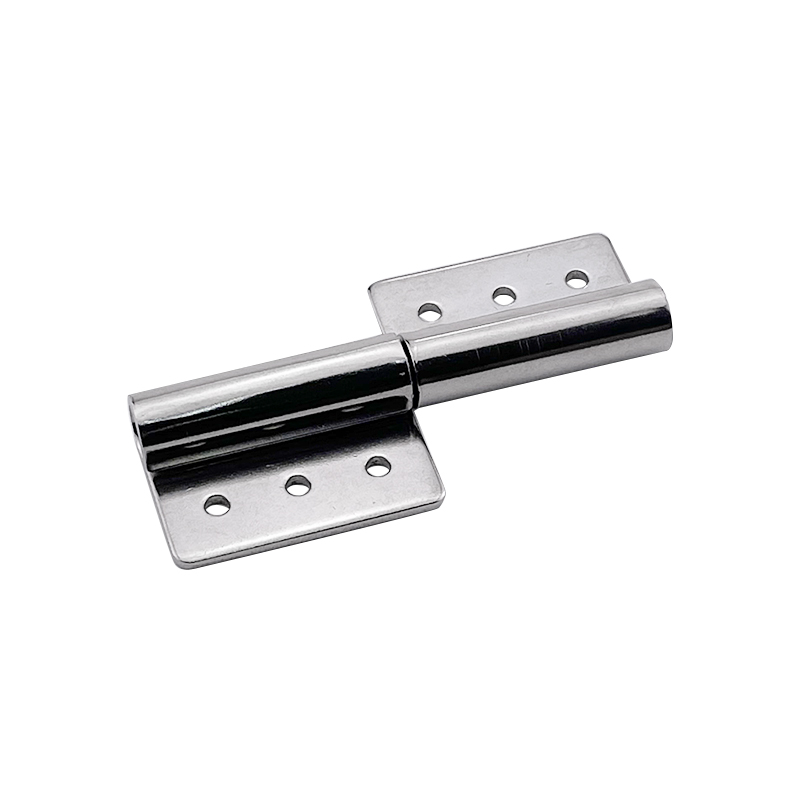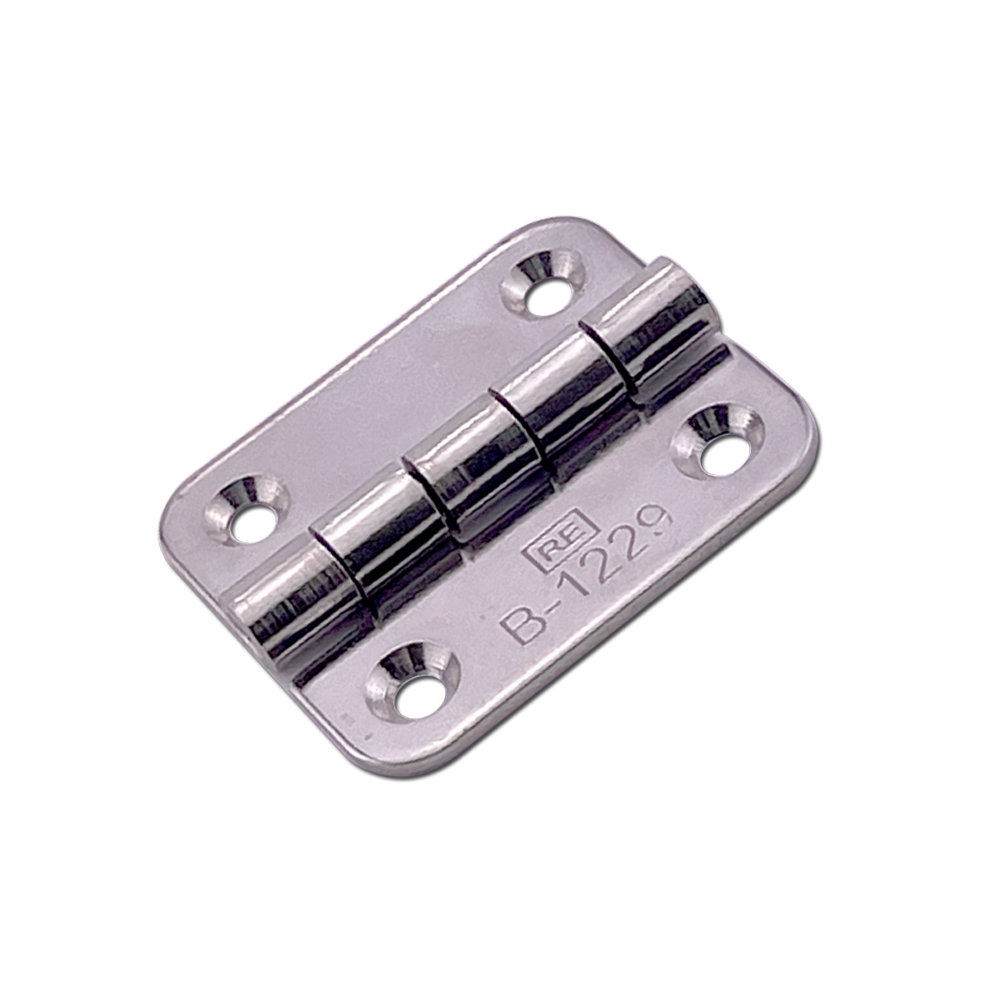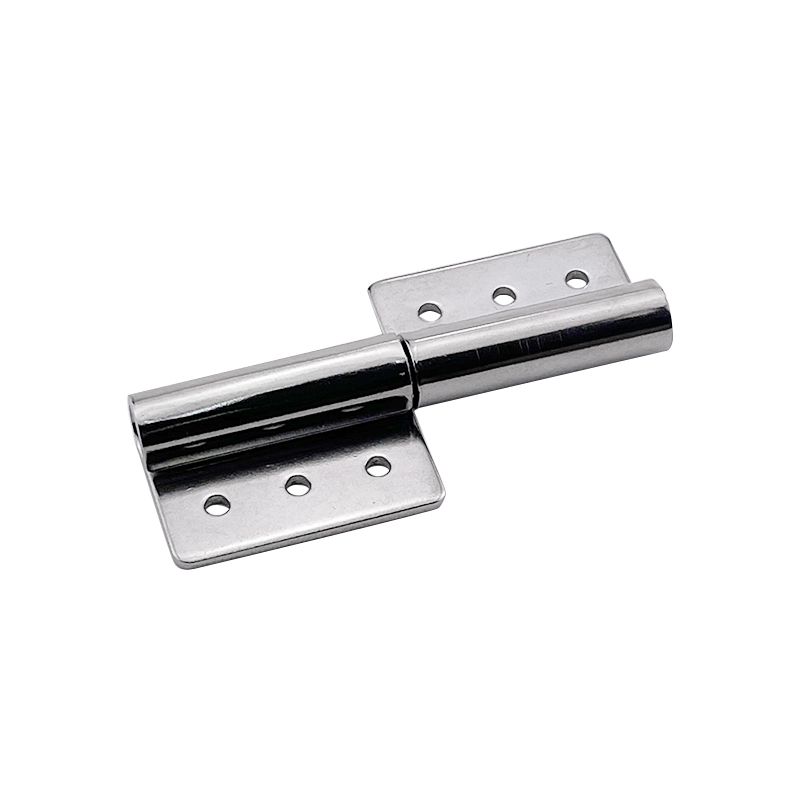When it comes to healthcare environments, durability, hygiene, and reliability are non-negotiable. One component that plays a critical yet often overlooked role in maintaining these standards is the stainless steel hinge for medical cabinets. In hospitals, clinics, laboratories, and cleanroom facilities, cabinet hinges must endure constant use, resist corrosion, and contribute to a sterile environment. That's where durable stainless steel hinges step in as the superior choice.
Why Stainless Steel Hinges Are Essential for Medical Cabinets?
Medical cabinets are opened and closed countless times a day. Whether storing surgical tools, pharmaceuticals, or sensitive medical equipment, the doors need to operate smoothly and securely. A medical-grade stainless steel hinge provides exceptional strength and stability, ensuring the cabinet functions flawlessly even under frequent usage.
Moreover, stainless steel’s corrosion-resistant properties make it ideal for environments where exposure to moisture, cleaning chemicals, or disinfectants is common. Unlike conventional metal hinges, rust-proof stainless steel cabinet hinges maintain their integrity over time, preventing contamination and ensuring long-term value.
Stainless Steel Hinges for Medical
Key Features of Durable Stainless Steel Hinges
Choosing the right hinge is crucial to the functionality and safety of medical furniture. High-quality durable stainless steel hinges for hospital cabinets typically offer the following features:
304 or 316-grade stainless steel: These grades are known for their excellent corrosion resistance, particularly 316 stainless steel, which includes molybdenum for enhanced durability.
Smooth surface finish: A polished or brushed surface helps prevent the buildup of dirt and bacteria, promoting easier cleaning and sanitization.
High load capacity: Designed to support heavy cabinet doors or panels, especially in high-traffic areas.
Concealed or soft-close options: For noise reduction and patient comfort, soft-close stainless steel hinges are increasingly used in medical environments.
Fire-resistant and chemical-resistant: Stainless steel doesn’t degrade under high temperatures or harsh chemicals, ensuring safe performance in emergencies.
Applications in Healthcare Facilities
Stainless steel medical cabinet hinges are used in a variety of settings, including:
● Hospital storage cabinets
● Pharmaceutical drawers and lockers
● Sterile supply rooms
● Mobile medical carts
● Dental office cabinetry
● Veterinary and laboratory furniture
In each case, the durable stainless steel door hinge ensures secure closure, operational efficiency, and compliance with hygienic standards. Facilities that switch from traditional hinges to medical-grade stainless steel hinges often report improved equipment lifespan and reduced maintenance costs.
Factors to Consider When Selecting a Medical Cabinet Hinge
When sourcing hinges for medical applications, consider the following:
● Material Grade: 304 is common, but 316 offers superior performance in highly corrosive environments.
● Mounting Type: Surface-mounted, concealed, or flush-mounted depending on design and access needs.
● Weight Support: Match the hinge strength to the cabinet size and material.
● Ease of Maintenance: Hinges should be easy to clean and maintain without dismantling.
● Certifications: Look for products with certifications relevant to medical applications.
Advantages of Using Stainless Steel Hinges in Medical Cabinets
● Long-term durability: Withstands frequent use without deforming.
● Low maintenance: Requires minimal upkeep, reducing operational downtime.
● Hygienic: Non-porous surface discourages bacterial growth.
● Aesthetic appeal: Matches sleek, modern medical furniture designs.
● Cost-effective: Longer lifespan means lower total cost of ownership.
Medical Use Stainless Steel Hinge
Frequently Asked Questions about Stainless Steel Hinges for Medical
1. Why is stainless steel the best material for medical cabinet hinges?
Stainless steel is preferred for medical cabinet hinges due to its corrosion resistance, durability, and ease of sterilization. It withstands frequent exposure to cleaning agents, moisture, and daily wear, making it ideal for sterile and demanding healthcare environments.
2. What is the difference between 304 and 316 stainless steel hinges?
Both 304 and 316 are common stainless steel grades. 304 stainless steel offers good corrosion resistance and strength, suitable for general medical applications. 316 stainless steel, which contains molybdenum, provides enhanced resistance to harsh chemicals and saline environments—ideal for surgical or laboratory settings.
3. Can stainless steel hinges be autoclaved or chemically sterilized?
Yes. High-quality medical-grade stainless steel hinges are designed to tolerate autoclaving and chemical disinfection without degrading, making them perfect for settings with strict hygiene requirements.
4. How long do stainless steel hinges typically last in medical environments?
With proper maintenance, durable stainless steel cabinet hinges can last for many years—often over a decade—even in high-traffic areas like hospitals or laboratories. Their longevity reduces the need for frequent replacements and lowers long-term maintenance costs.
5. Do medical cabinet hinges come with soft-close options?
Yes, many stainless steel hinges for medical cabinets offer soft-close mechanisms, which reduce noise and prevent sudden door slamming. This is particularly beneficial in patient care areas where quiet operation is essential.
6. Are there different types of hinges for medical furniture?
Absolutely. Common types include:
● Concealed hinges for a sleek appearance and fewer exposed surfaces.
● Overlay hinges for easy installation.
● Lift-off hinges for removable cabinet doors, allowing quick access or cleaning.
Each type can be selected based on the functional needs and design of the medical cabinet.
7. How do I choose the right hinge for my medical cabinet?
Consider factors such as:
● Cabinet size and weight
● Frequency of use
● Environmental exposure (e.g., moisture or chemicals)
● Hinge type and opening angle
● Regulatory compliance (e.g., ISO, FDA)
A hinge supplier experienced in medical-grade hardware can help you make the right selection.
8. Are stainless steel hinges more expensive than other types?
They can have a higher initial cost than basic metal or plastic hinges, but their exceptional durability, hygiene benefits, and lower replacement frequency make them more cost-effective in the long run—especially in critical environments like hospitals or labs.
Conclusion
Investing in durable stainless steel hinges for medical cabinets is a small but impactful step toward creating a safer, cleaner, and more efficient healthcare environment. These specialized components deliver unmatched performance in terms of hygiene, strength, and longevity. Whether outfitting a new medical facility or upgrading existing equipment, choosing the right stainless steel medical cabinet hinge is critical for compliance and functionality. Elevate the performance and reliability of your equipment with Manywell superior range of custom hinges for specific requirements. Feel free to contact us for more.


